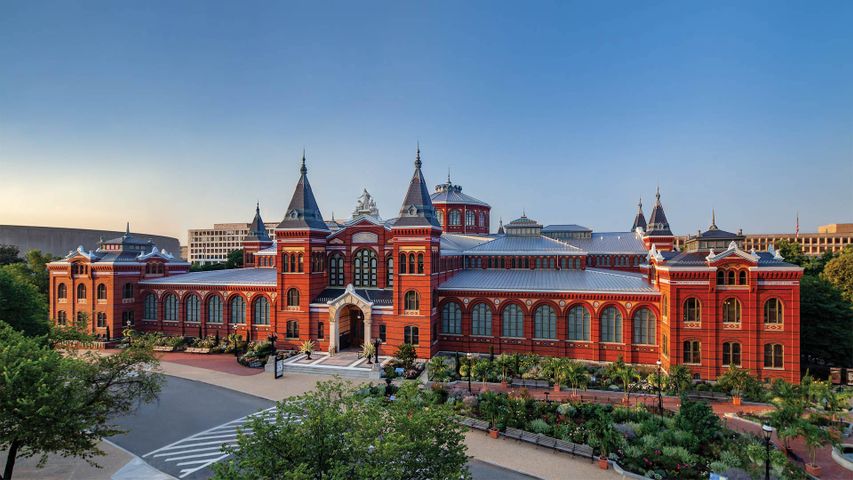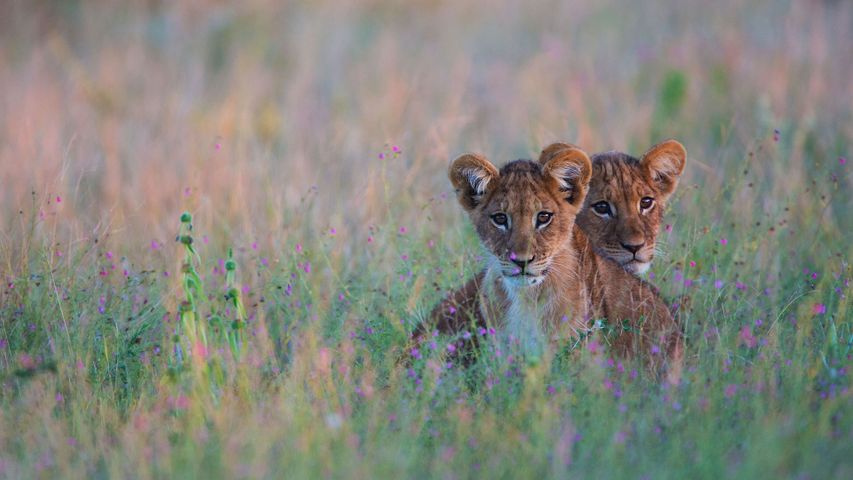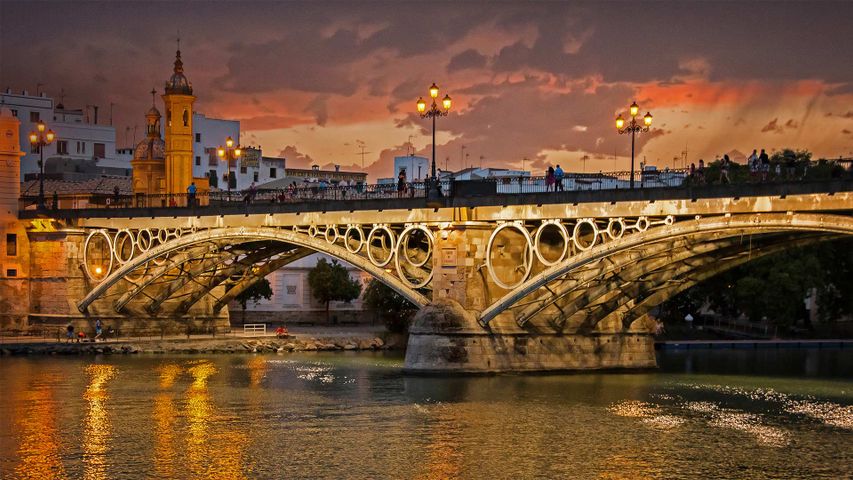Joshua trees in Joshua Tree National Park, California
© Tim Fitzharris/Minden Picture
Desert daggers?. Joshua Tree National Park
These immensely photogenic and relatable trees, their shaggy, sinewy limbs thrust upward into the pale light of the desert sky, are the main reason people come here to California's Joshua Tree National Park. Joshua Tree was declared a national monument on August 10, 1936, before being designated a national park in 1994. Perhaps no other national park is so completely defined by a single feature, be it a plant or wildlife or natural formation. While Joshua Tree National Park contains other wonders, this tree that looks drawn by Dr. Seuss is what visitors come to celebrate.
The park (and the town of the same name) could also be called the hippest national park in the country, owing to its proximity to Los Angeles, and the Insta-worthy, charismatic flora that have helped make JT a darling on social media. Vanlifers, artists, celebrities, and other creative bohemians have fueled a boom in tourism, not just to the park itself, but to the surrounding towns, like Pioneertown. The kitschy outpost served as an old Hollywood set and is now a center of nightlife in the area. Pappy & Harriet's Pioneertown Palace serves artisanal cocktails with its barbecue and features live music, sometimes from the likes of Paul McCartney, Robert Plant, and Patti Smith. And if you can't find an elderflower martini in Joshua Tree, then Palm Springs and Indio and Coachella are a short drive away, something Yellowstone and Yosemite can't claim.
But for those going purely for the nature—the hikers, rock climbers, campers, and stargazers—the 1,200-square-mile park is no less a marvel. Two deserts, the high-elevation Mojave and the low-elevation Colorado, merge here, each with its own ecosystem. The Joshua tree itself grows only on the Mojave side, at elevations between 1,300 and 5,900 feet. Most of the world's Joshua trees are found here. A variety of yucca, Joshua trees live from 500 to 1,000 years with roots as deep as 35 feet. Most believe their name was first concocted by Mormon pioneers who likened their branches to the outstretched arms of the biblical Joshua. It proved catchier than its botanical name, Yucca brevifolia. And as any influencer worth their followers will tell you, it makes for a much more memorable hashtag.
Related Images
Bing Today Images
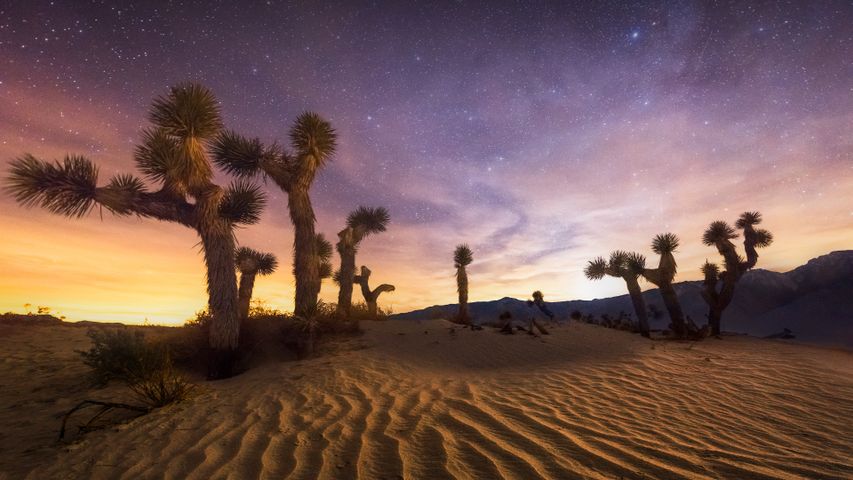
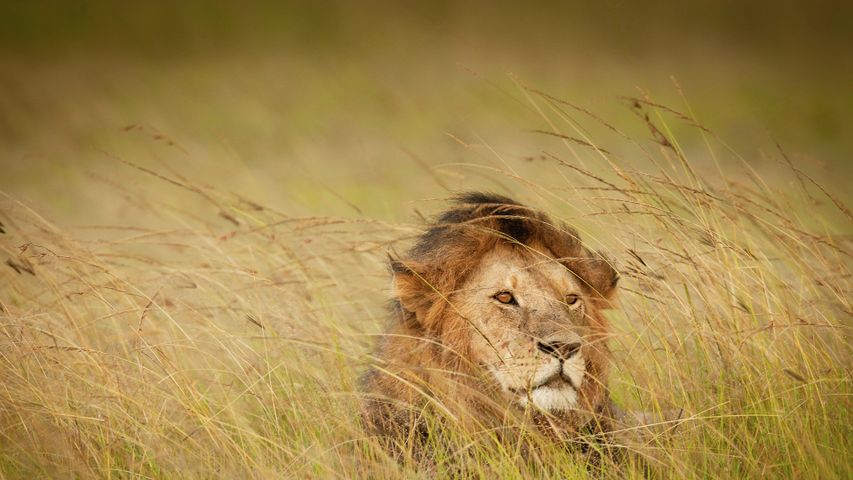
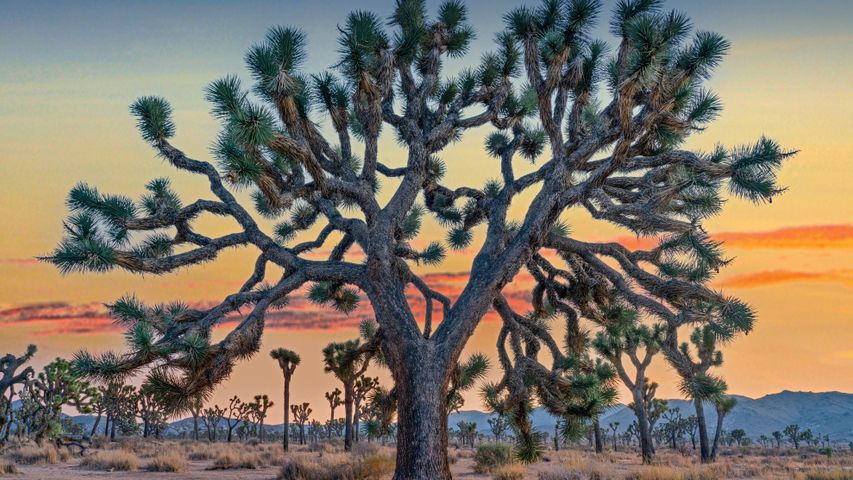
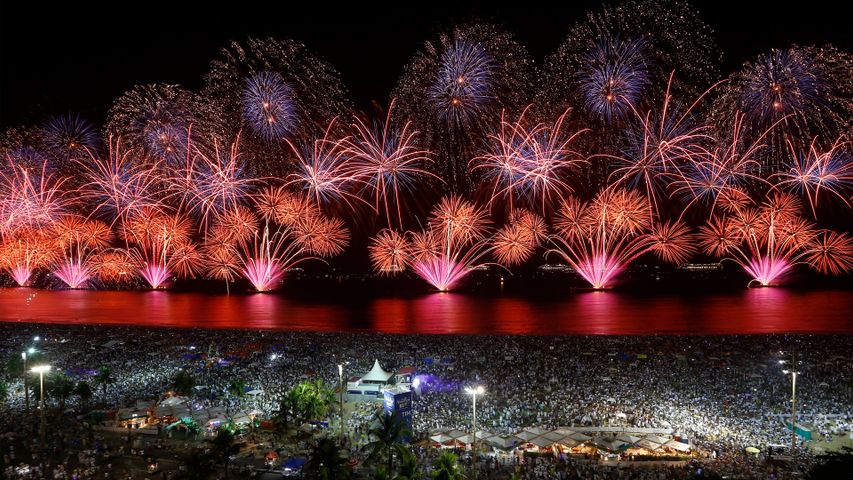 New Year's Eve fireworks over Copacabana Beach, Rio de Janeiro, Brazil
New Year's Eve fireworks over Copacabana Beach, Rio de Janeiro, Brazil
 Tasmanian snow gum and pandani plants near Lake Dobson, Mount Field National Park, Tasmania, Australia
Tasmanian snow gum and pandani plants near Lake Dobson, Mount Field National Park, Tasmania, Australia
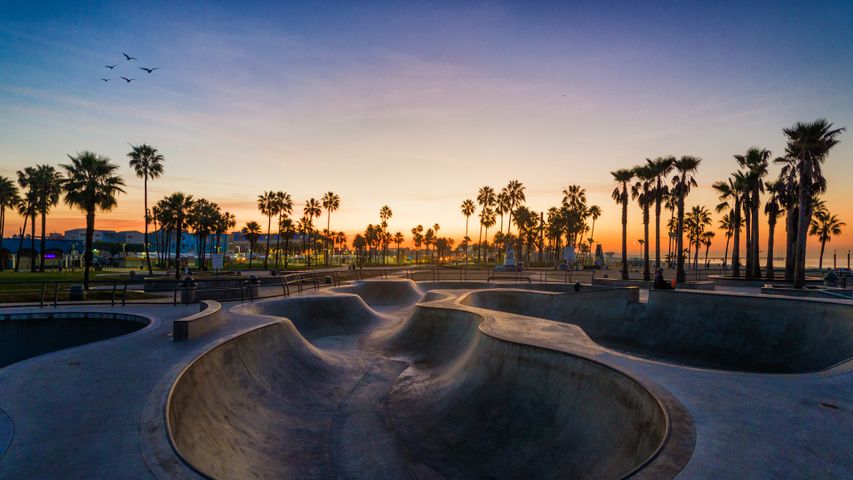 Venice Skatepark at sunset, Los Angeles, California
Venice Skatepark at sunset, Los Angeles, California
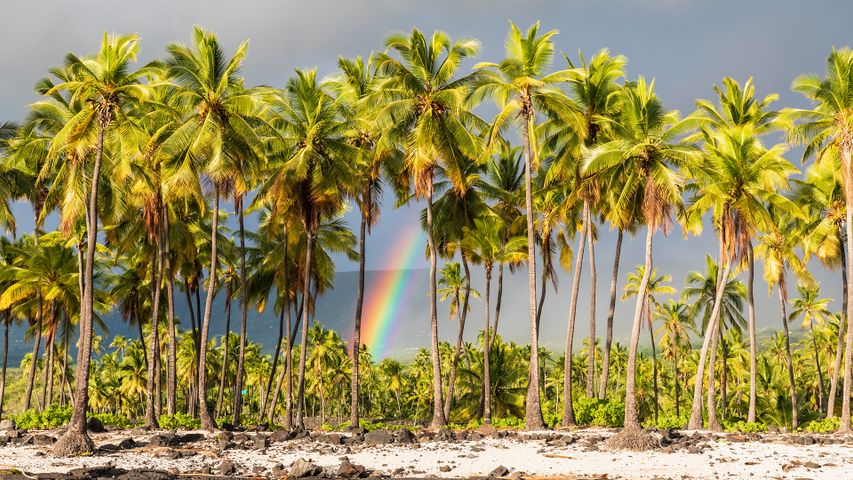 Pu'uhonua o Hōnaunau National Historical Park, Big Island, Hawaii
Pu'uhonua o Hōnaunau National Historical Park, Big Island, Hawaii
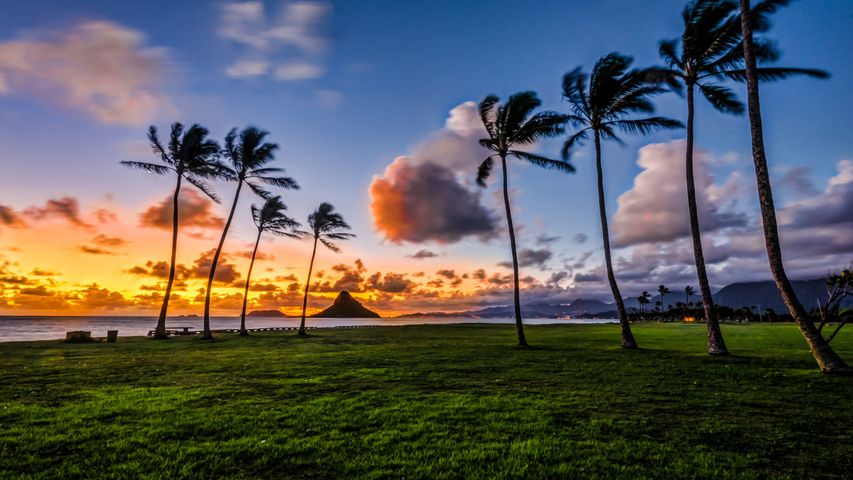 Mokoli'I Island in Kaneohe Bay, seen from Kualoa Regional Park, Oahu, Hawaii
Mokoli'I Island in Kaneohe Bay, seen from Kualoa Regional Park, Oahu, Hawaii
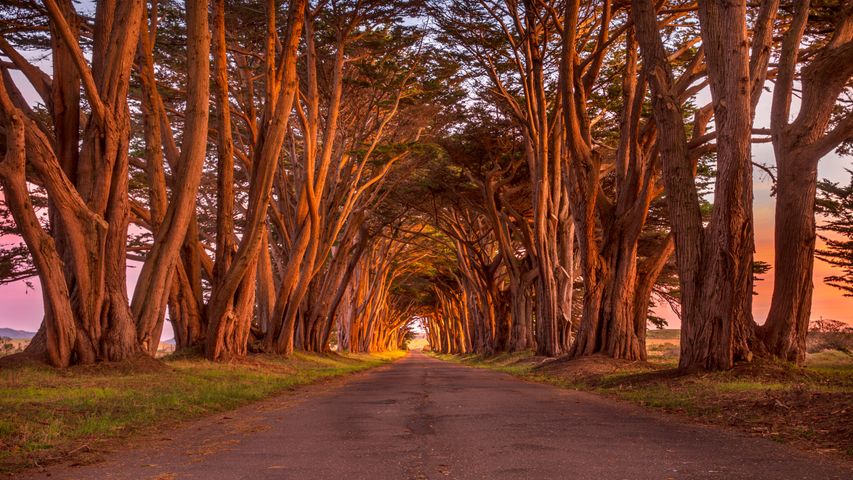 The cypress tunnel at Point Reyes National Seashore in California
The cypress tunnel at Point Reyes National Seashore in California
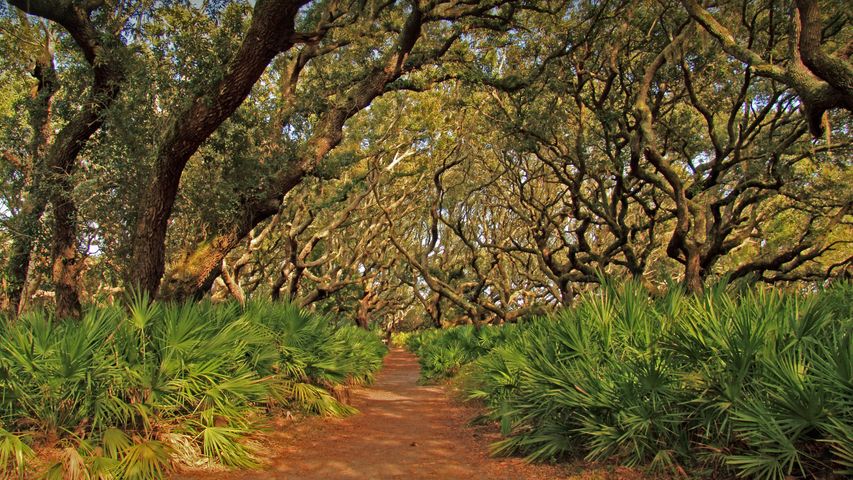 Cumberland Island National Seashore, Georgia
Cumberland Island National Seashore, Georgia
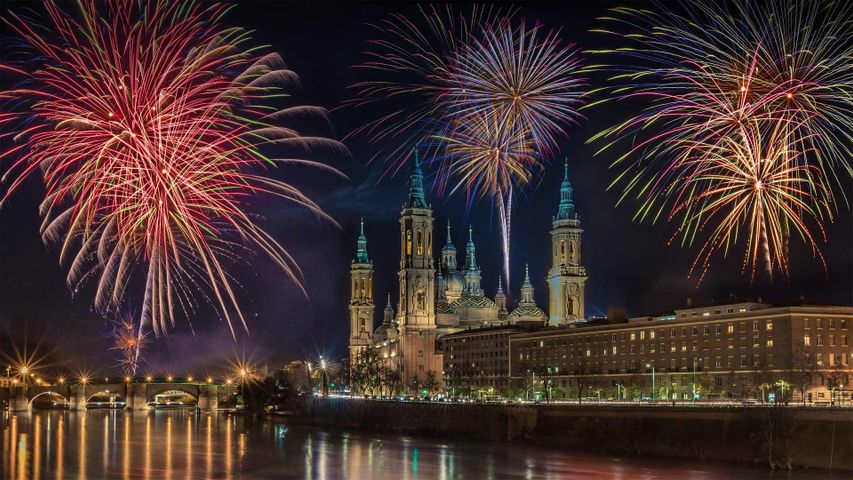 Fireworks during a New Year's Eve celebration in Zaragoza, Spain
Fireworks during a New Year's Eve celebration in Zaragoza, Spain
